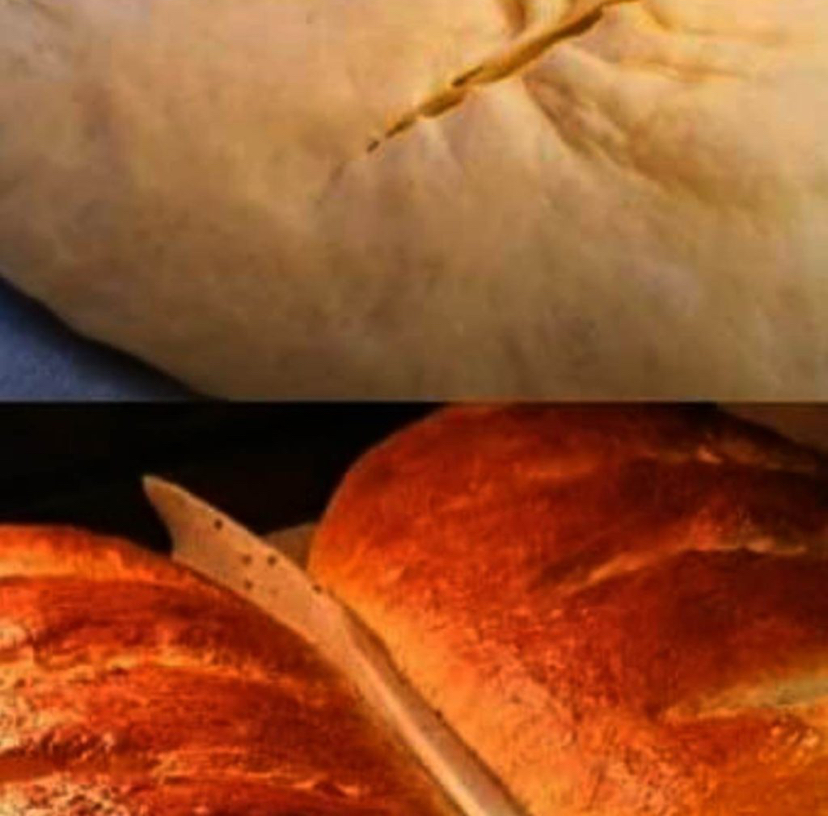
Have you ever questioned why your home-made bread doesn’t bake up as fluffy and tasty as you had hoped? In the yeast is the secret! The ideal rise and texture of your bread depend on using fresh, active dry yeast. Bread that is stale or inactive will taste bland and uninspired. To preserve its power, then, always make sure you have fresh yeast on hand and keep it in the refrigerator.
GETTING YOUR INGREDIENTS
Gathering our supplies is the first step in our bread-making adventure. You’ll want:
5.5 cups of flour 562.5 millilitres (2 1/4 cup) of water
Two and one-quarter teaspoons of dried active yeast
One quarter cup of sugar
Oil, two tablespoons
One teaspoonful of salt
Butter, for topping, is optional.
You can make bakery-caliber bread in your house with five few ingredients.
Combine and Work the Dough
We can now physically get our hands filthy as we have our supplies ready! Initially, dissolve the yeast in a little sugar-containing warm water. This stage guarantees that the yeast is awakened and prepared to do its trickery. When foaming, stir in the flour, sugar, olive oil, and salt until a smooth, rather sticky dough forms. Work the dough until it is elastic and gives back when pressed.
Encouraging the Dough
Making bread call for patience. Give your dough a warm, draft-free hour or so to rise. To keep it from drying out, cover it in plastic or a fresh towel. The yeast will perform its magic at this point, doubling the dough in size and creating those lovely air pockets that give bread its light, airy feel.
Customizing Your Bread
It’s time to form your dough into loaves after it has doubled in bulk. Split the dough in half and roll each into a 20 cm broad rectangle. To form your loaves, shape the dough into cylinders beginning with the shortest side. Put them in covered, oiled moulds and let to rise for a further hour.
Second Rise and Getting Ready to Bake
As your loaves are rising a second time, heat your oven to 190°C (375°F). When they’ve doubled in size once again, give the tops a golden finish and more taste by brushing them with melted butter. Although optional, this step is strongly advised for that additional enjoyment.
Aroma of Just Made Bread
Your kitchen will smell deliciously like freshly made bread while your loaves bake. The aroma of warm bread filling the air to indicate that a delectable surprise is about to arrive is quite amazing.
Optional Butter Glaze
Why not liberally coat your just cooked bread with butter for an additional decadent touch? Richness and flavour are added, but it also gives your bread a stunning golden shine that will wow.
Baking Your Bread
Your bread ought should come out golden brown and very fragrant after 30 to 35 minutes in the oven. Slice them thick and pillowy after taking them out of the oven and letting them cool. Enjoyed warm with a touch of butter or used to create your favorite sandwiches, this handmade bread will tantalize your taste senses.
Pleasing Yourself with Your Own Creation
You have now perfected the skill of making homemade bread in five minutes or less of preparation time! You won’t need store-bought bread ever again with this easy recipe. So be ready to savor the straightforward pleasure of freshly made bread anytime you choose, collect your supplies, and roll up your sleeves.
FAQs (often asked questions)
Can I substitute active dry yeast with instant yeast? Indeed, in this recipe you may use quick yeast in place of active dry yeast. Though instant yeast usually works quicker, you may need to slightly modify the rising time.
Could I use whole wheat flour with all-purpose flour? Sure thing! For a nuttier taste and more health benefits, use whole wheat flour in instead of all-purpose flour. Just be advised that a denser loaf might come from using whole wheat flour.
Can I freeze the dough to use later? After the initial rise, you may, in fact, freeze the dough for later use. Just form the dough into loaves, cover with plastic wrap, and freeze. When ready to bake, let the dough defrost and rise before baking as directed.
4. How long does fresh handmade bread keep? For greatest freshness and taste, homemade bread should be eaten a few days after it is baked. Store bread in a paper bag or bread box to keep it from becoming stale and to prolong its shelf life.
Can I add cheese or herbs to the dough to make it taste even better? Unquestionably! To make your bread your own, feel free to play around with various flavourings like cheese, herbs, and spices. Just watch for any extra moisture or substances that might change the dough’s texture.
Having acquired all the necessary information and abilities, it is now time to get your hands dirty and start your bread-making journey. You may quickly start producing mouthwatering homemade bread that will wow even the most discerning bread critics with a little practice and a lot of love. Many happy bakings!





